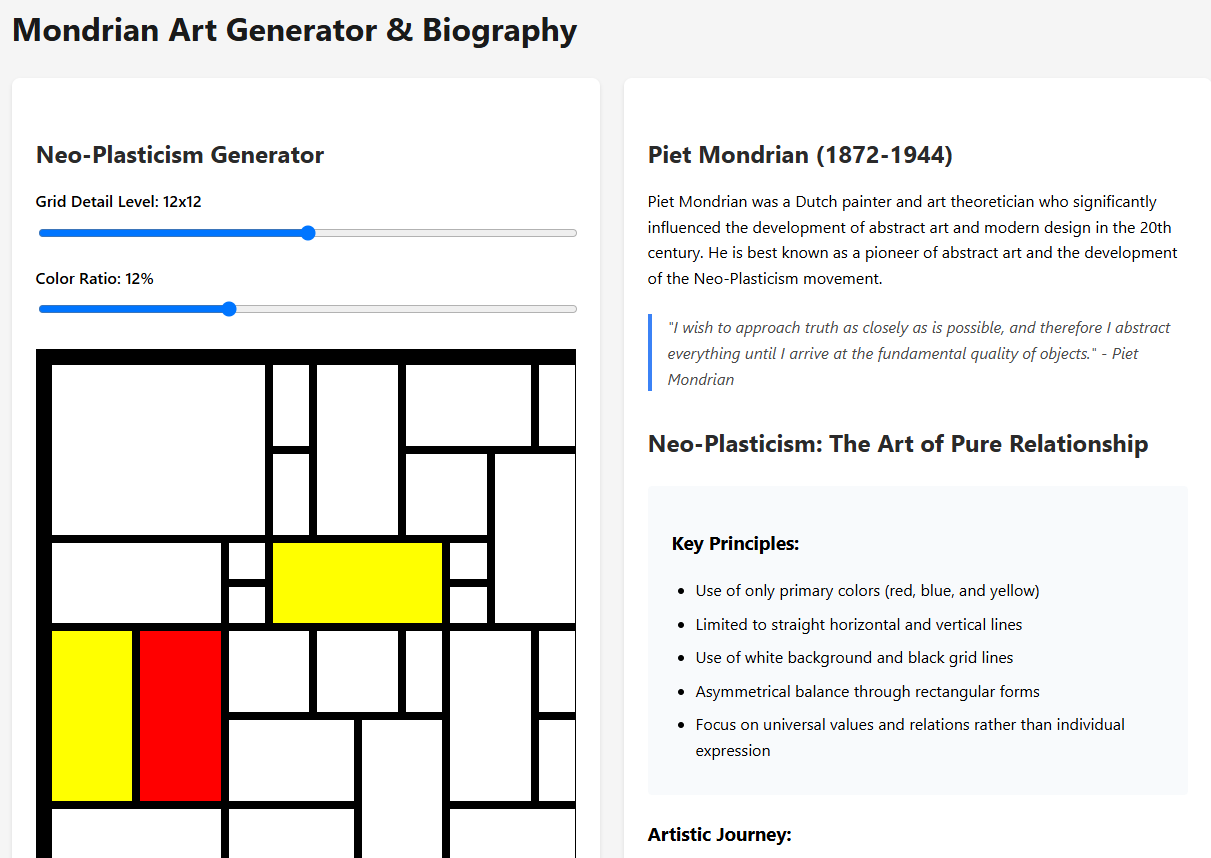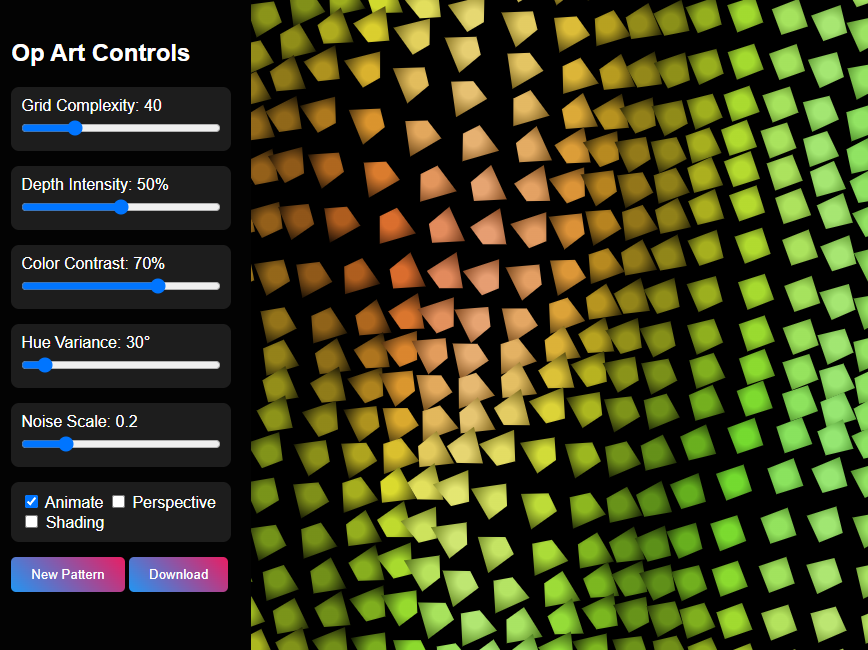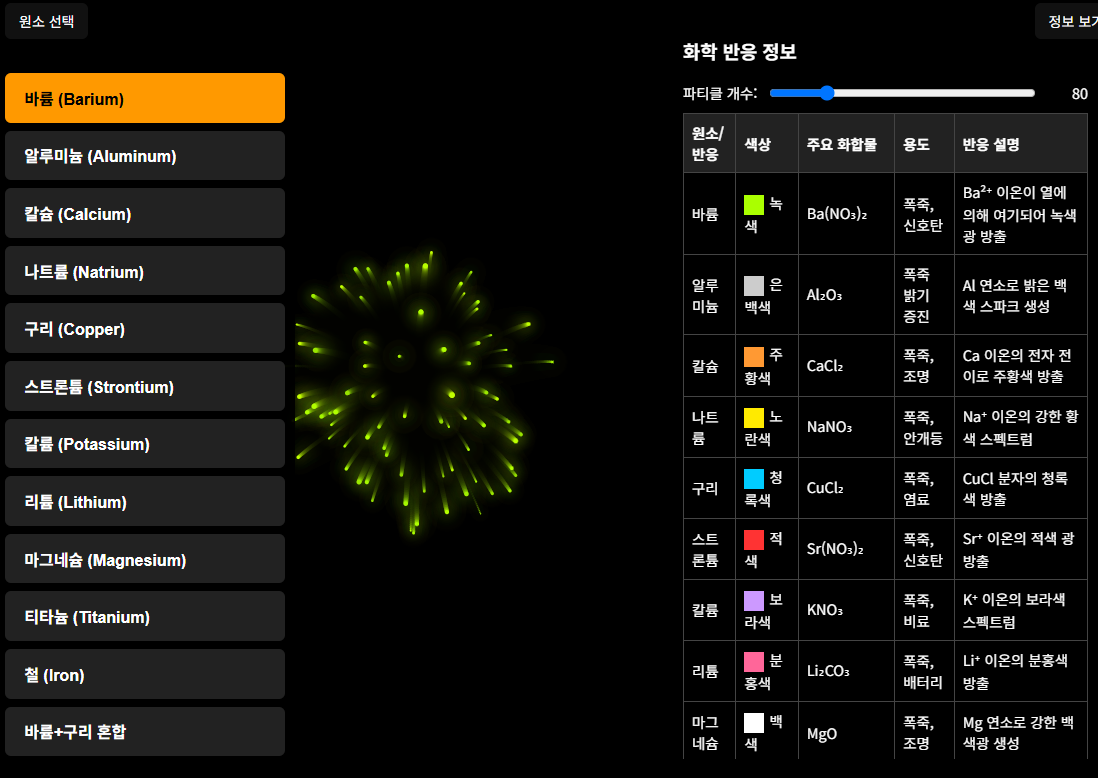STIEDU: Empowering Art Students with AI-Assisted Generative Art
Introduction
STIEDU transforms art education by enabling students to create interactive generative art using HTML and AI assistance. This innovative approach makes cutting-edge digital art education accessible to resource-limited schools, requiring only smartphones and a local server setup.
Use Case: Interactive Generative Art Class
Context: Art Major Students Creating Interactive Digital Art
- Class Profile:
- 15 art major students
- Students use their own smartphones
- Local LLM for HTML code generation
- One Linux server (Laptop with RTX 4060, 32GB RAM, 1TB SSD)
- Basic Wi-Fi network for local connectivity
Interactive Art Creation Process
-
Student Input:
- Describe desired artistic effect in natural language
- Specify interactive elements (sliders, buttons, color pickers)
- Define animation preferences
-
AI Code Generation:
- LLM generates HTML/CSS/JavaScript code
- Incorporates interactive controls
- Creates dynamic visual effects
-
Quick Iteration:
- Instant preview on STIEDU platform
- Real-time code editing
- Easy sharing with classmates
Example Interactive Elements
Shape Controls
- Size adjustment sliders
- Rotation controls
- Pattern density settings
Color Elements
- Color pickers
- Gradient controls
- Opacity sliders
Animation Options
- Speed controls
- Motion patterns
- Effect toggles
Example Lessons
Mondrian Composition Generator

Interactive generator that creates Piet Mondrian-style abstract compositions.
Interactive Controls
- Grid density slider (2x2 to 8x8)
- Color pickers for primary colors
- Rectangle/Square ratio adjustment
- Line thickness control (1-5px)
Learning Outcomes
- Understanding geometric abstraction
- Color theory and composition
- Balance and proportion in art
OpArt Generator (Victor Vasarely Style)

Create mesmerizing optical illusions inspired by Victor Vasarely's work.
Interactive Elements
- Pattern type selection (squares, circles, waves)
- Distortion intensity controls
- Color gradient selection
- Pattern size and density adjustments
Artistic Concepts
- Optical illusions in art
- Visual perception principles
- Pattern and repetition
Artistic Firework Generator

Create and learn about chemical-based firework displays with interactive controls.
Chemical Controls
- Metallic element selection:
- Sodium (Na) - Golden yellow
- Strontium (Sr) - Red
- Copper (Cu) - Blue
- Barium (Ba) - Green
Display Controls
- Number of solid balls (1-10)
- Explosion pattern selection
- Trail duration adjustment
- Frame rate control
Educational Info
- Atomic numbers and weights
- Electron configuration
- Chemical reactions
- Color emission principles
Educational Benefits
Creative Freedom
Students explore unlimited artistic possibilities without technical barriers
Tech Skills
Natural introduction to coding through artistic expression
Collaboration
Easy sharing and inspiration among students
Accessibility
Create anywhere using just a smartphone
Teacher Benefits
Reduced Technical Burden
- No need for complex software installation
- Automatic code generation through LLM
- Built-in preview and sharing features
Enhanced Teaching Experience
- Focus on artistic concepts rather than technical details
- Easy monitoring of student progress
- Quick feedback and iteration cycles
Cost-Effectiveness
Minimal Infrastructure
- Uses students' existing smartphones
- Single server setup for entire class
- No specialized computer lab needed
Long-term Value
- Reduced hardware maintenance costs
- Easy content updates through LLM
- Scalable to multiple classes
Conclusion
STIEDU's innovative approach to digital art education demonstrates how AI and simple technology can transform creative education in resource-limited environments. By leveraging smartphones and local LLM capabilities, schools can offer cutting-edge digital art courses without significant infrastructure investment. This platform empowers both students and teachers, making advanced art education accessible and engaging.